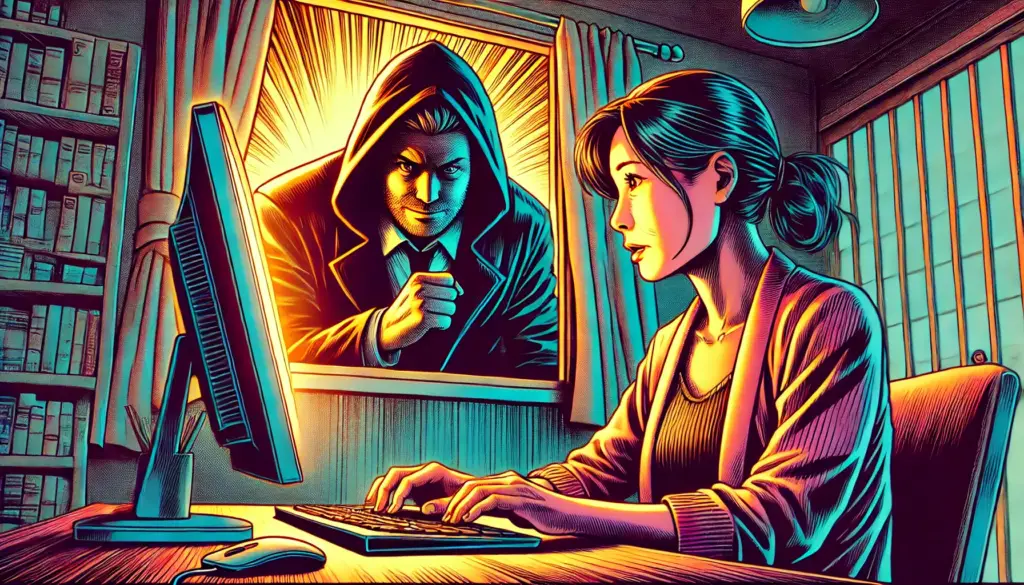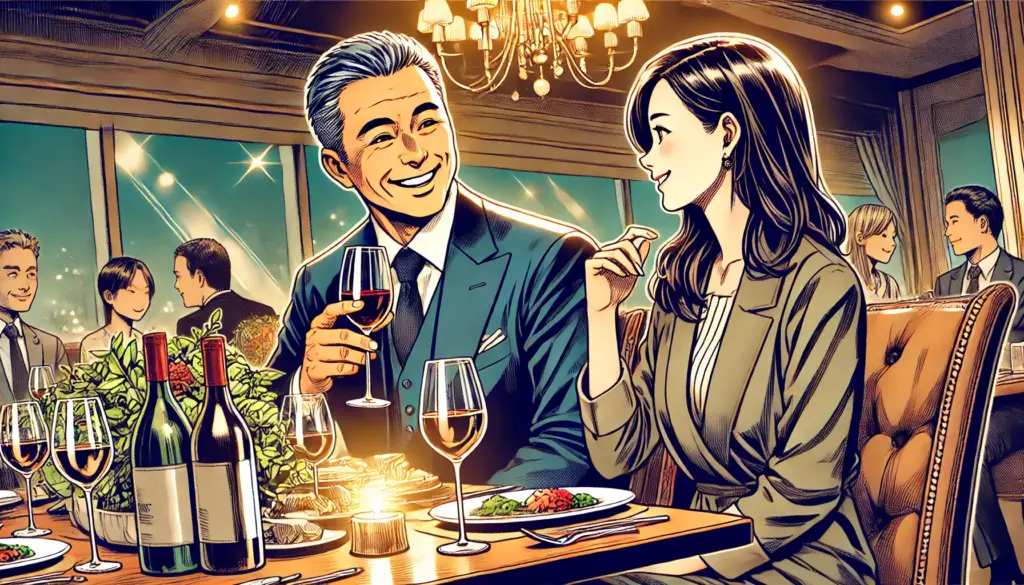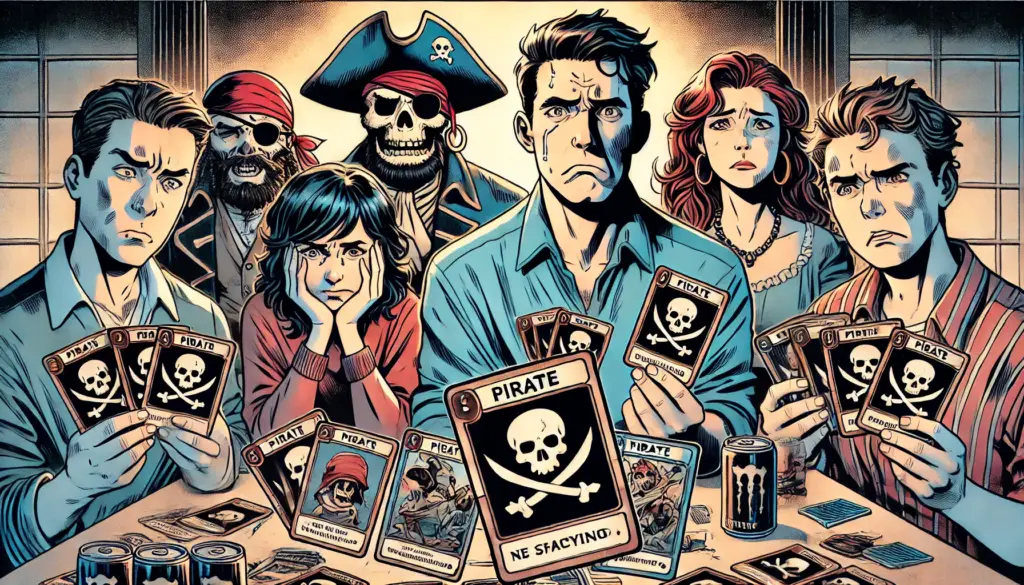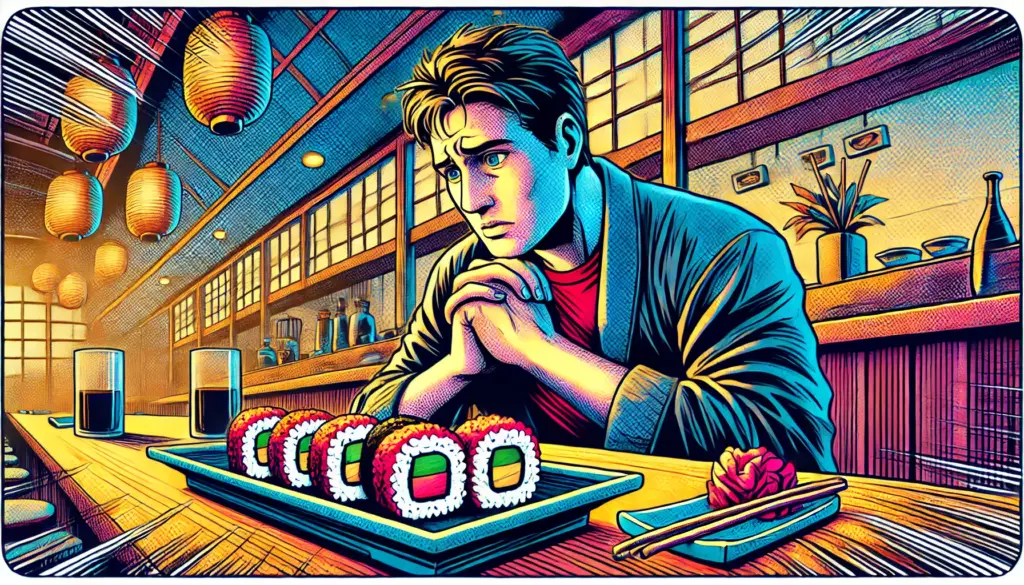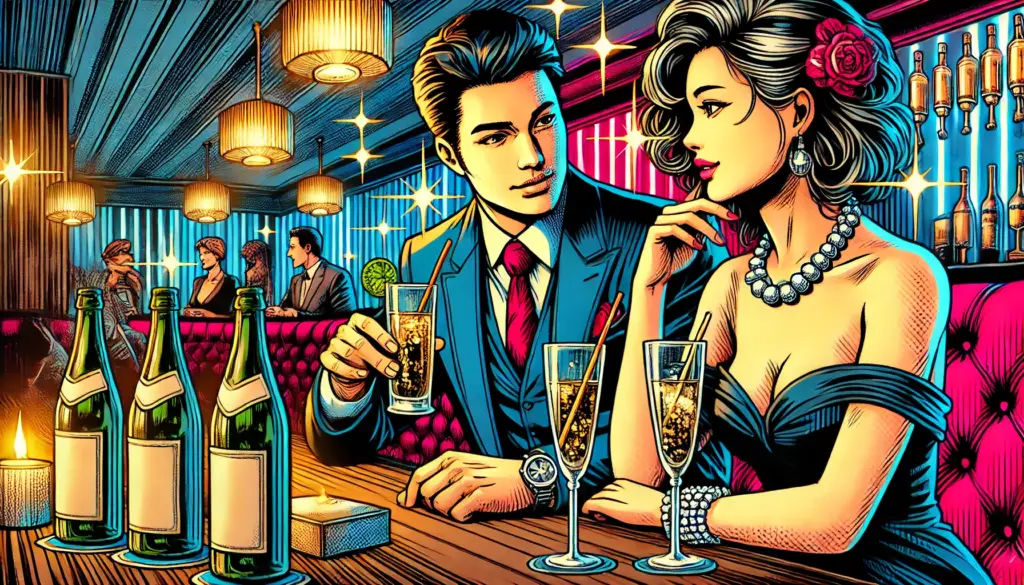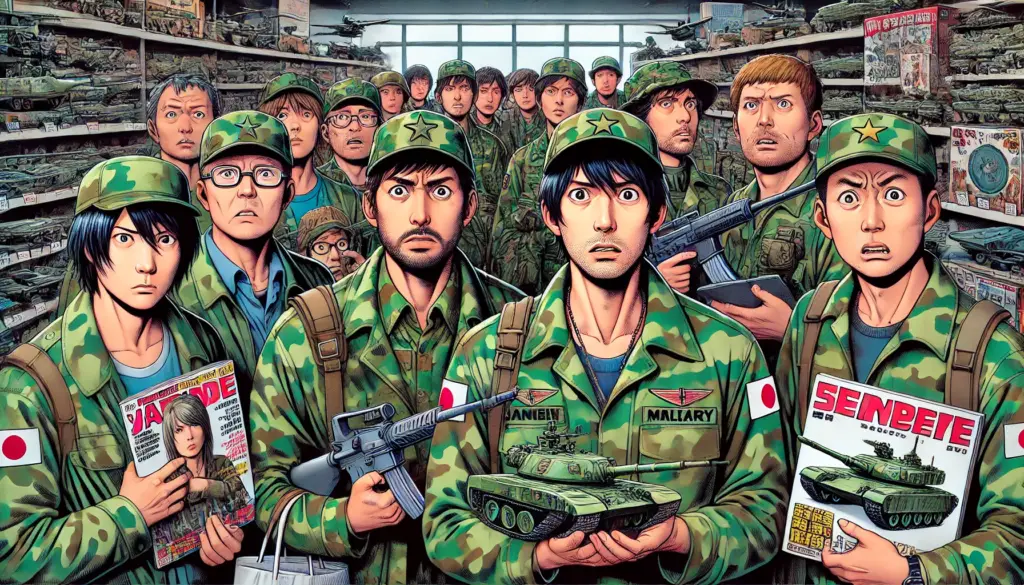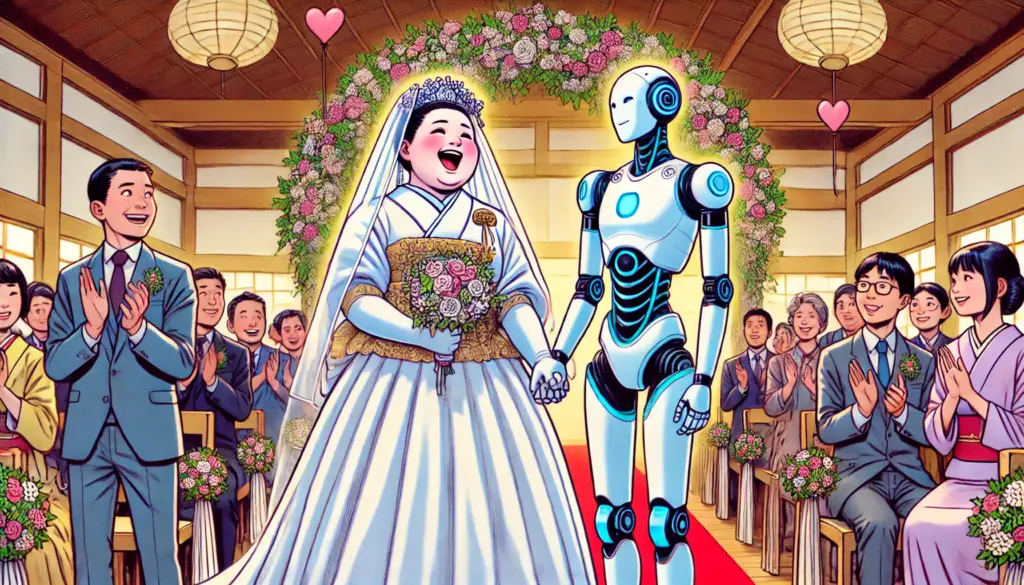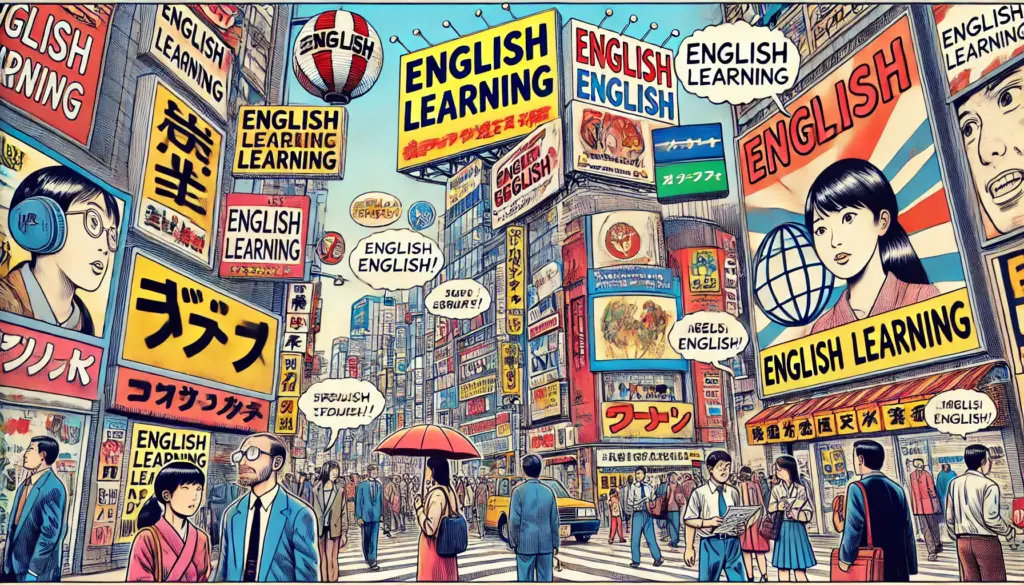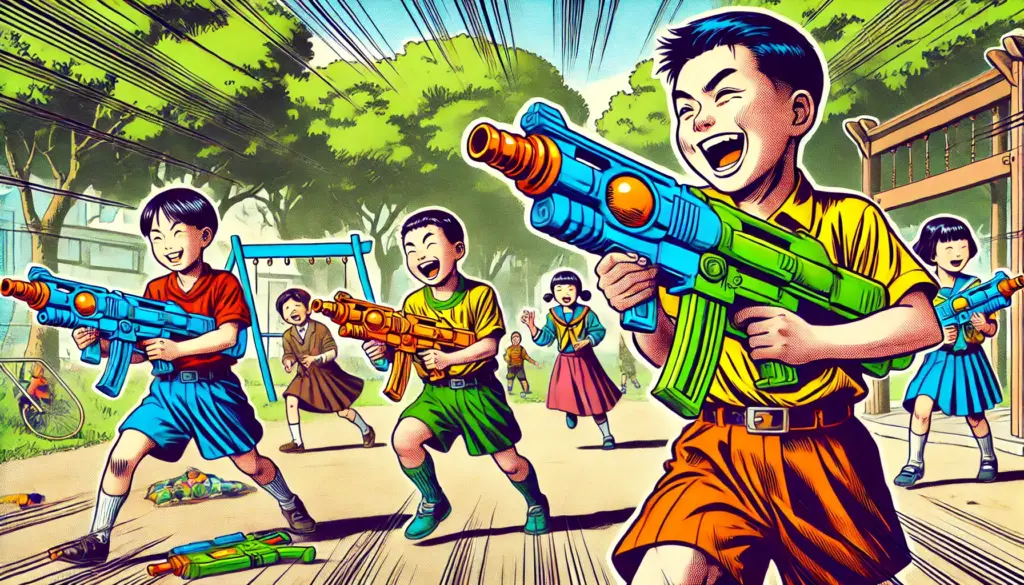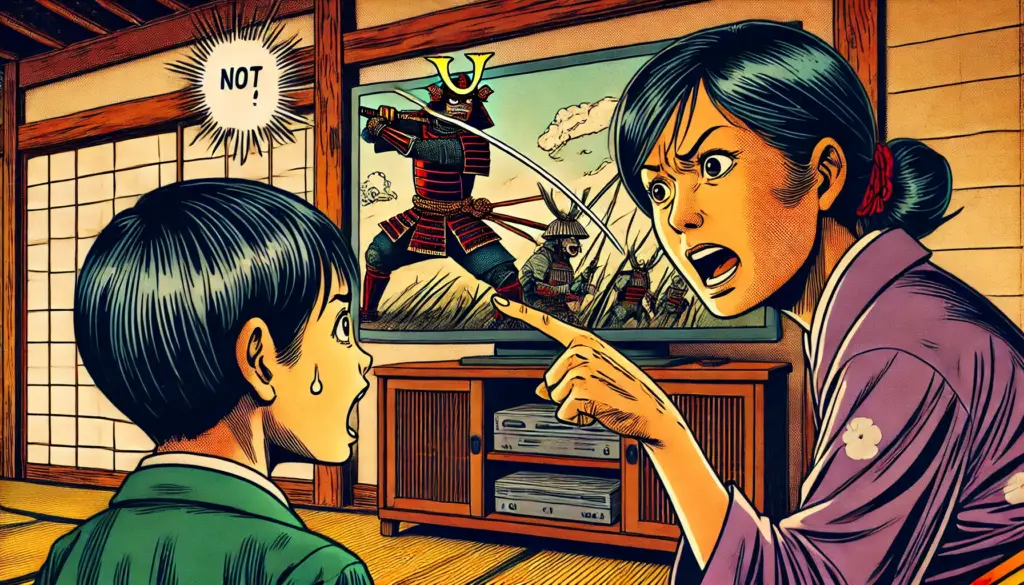
In Japan, anime isn’t just for kids—it’s a mainstream medium consumed by all generations. But as violent titles like Demon Slayer (鬼滅の刃) dominate screens and streaming platforms, the question emerges: Is Japan doing enough to restrict children’s exposure to graphic content?
Let’s dive deeper into the cultural, legal, and psychological layers of this growing domestic controversy.
🔪 What Sparked the Concern? The Case of Demon Slayer
When the Demon Slayer: Infinity Castle Arc aired in early 2025, scenes of heads flying, corpses piled, and grotesque demons devouring humans drew both praise for cinematic brilliance and concern over its accessibility to children.
Despite its PG-12 rating, many elementary-school-age children watched it, either with minimal parental supervision or through unrestricted streaming services. Even in movie theaters, some venues reported elementary-aged kids attending with friends or older siblings—not necessarily with guardians.
Japan’s Film Classification and Rating Committee (Eirin) provides content guidelines, but these are not legally binding, and enforcement is left largely to parents or platform providers.
🇯🇵 Why Japan Handles Ratings Differently
To understand the leniency, you need to understand Japan’s unique media and educational philosophy:
🧘♂️ 1. Cultural Tolerance Toward Dark Themes
Japan has a long tradition of exposing children to dark folklore and violent tales—think of Momotaro slaying demons (oni) or Urashima Taro facing time distortion. Even in kids’ anime like Anpanman, enemies are blown apart in every episode.
Violence, in Japanese media, is often contextualized as part of moral struggle, not simply for shock value. This cultural context softens public backlash that would be more intense in countries like the U.S. or UK.
👪 2. Emphasis on Parental Autonomy
Japanese society places significant trust in 家庭教育 (katei kyouiku)—family-based education. Parents are expected to teach children how to interpret complex media, not rely solely on the government or schools to ban access.
This trust means ratings act as suggestions, not as hard rules. Critics argue this is outdated in the digital age, where parental control is harder to enforce.
📲 Streaming Platforms: The Real Loophole
While TV broadcasters follow PG ratings, streaming services like Netflix, Amazon Prime, and YouTube often offer violent anime without strict age verification.
Unlike countries where age-locked profiles or ID submission is required, Japan’s streaming infrastructure rarely restricts by age unless explicitly requested. Even if platforms offer parental control, usage rates are low due to lack of awareness or technological literacy among older parents.
In effect, even the most gruesome scenes are a few taps away—anywhere, anytime.
📉 But Juvenile Crime Is Declining—Why?
Here’s the twist that complicates the entire debate: Despite this media access, juvenile crime has decreased for two decades. According to Japan’s 2024 Ministry of Justice report:
- Violent crimes by minors dropped 27% compared to 2010
- Youth involvement in gang violence and school bullying cases also fell
So why the drop?
🔄 1. Catharsis Theory
Some psychologists suggest violent anime may serve as a safe emotional outlet. Viewers can experience rage, fear, and even revenge vicariously, without acting on it.
🧩 2. Digital Socialization
Young people today socialize through gaming, anime fandoms, and online communities, which can fulfill emotional needs and reduce feelings of isolation that lead to crime.
📚 3. Media Literacy—But Informal
Though not widespread in public education, many young viewers learn to distinguish fiction from reality naturally, especially in Japan’s anime-savvy environment. Exposure doesn’t always lead to imitation—it may foster critical thinking.
⚠️ The Real Risk: Emotional Desensitization?
Critics, however, raise legitimate concerns:
- Repeated exposure to brutal imagery could desensitize children to real-life violence
- Shows that depict revenge and vigilantism as heroic might confuse moral judgment
- Younger children may lack the cognitive tools to process complex narratives or differentiate fantasy consequences from reality
Clinical psychologists in Japan warn of “感情のマヒ (emotional numbing)”—a condition where young minds may grow indifferent to suffering, leading to social apathy, even if not outright criminality.
🛠️ What’s Being Proposed?
Although no nationwide policy shift has been announced, several ideas have gained traction:
- Mandatory content warnings with specific symbols for violence, trauma, and gore
- Default parental locks on streaming platforms for viewers under 12
- Media literacy education in schools starting in grade 5
- Discussion sessions between parents and children about what they watch—some NPOs are piloting these already
So far, however, progress is slow. Many believe content creators, schools, and families must collaborate, not leave responsibility to one party.
✍️ Final Thoughts: Freedom or Failure to Protect?
The Japanese system’s strength is its flexibility and respect for parental judgment. But that same flexibility may become a blind spot in an age of hyper-accessibility.
Can a 9-year-old process the trauma of seeing a hero watch his entire family slaughtered on screen? Maybe. But should they be left alone with that content, unprepared? That’s the question Japan must now confront.











































